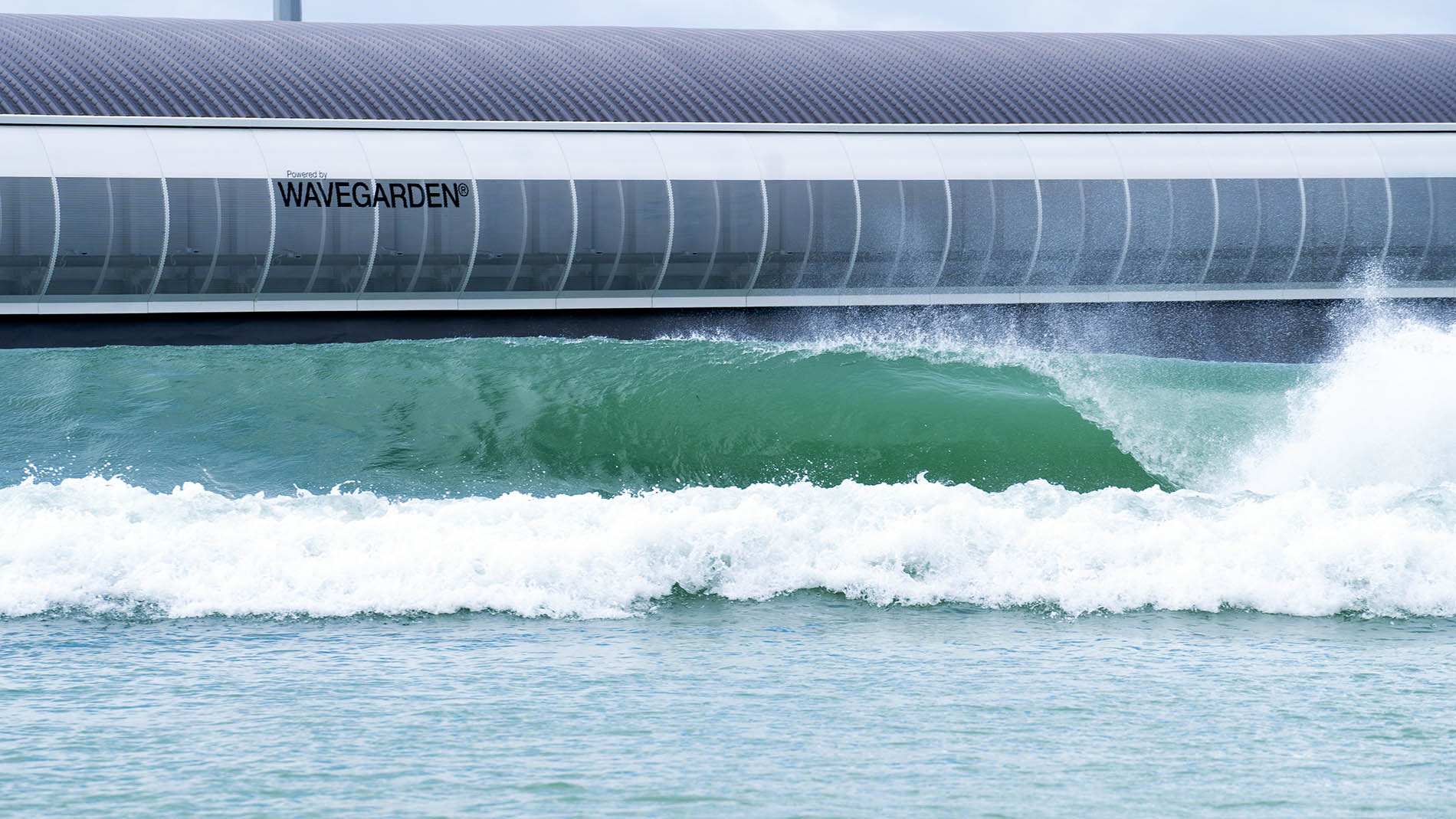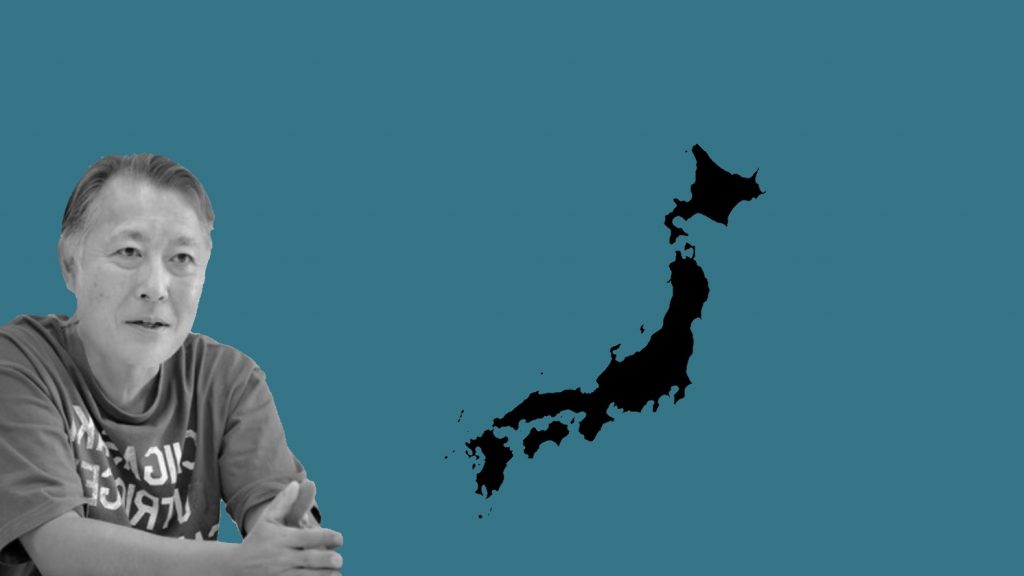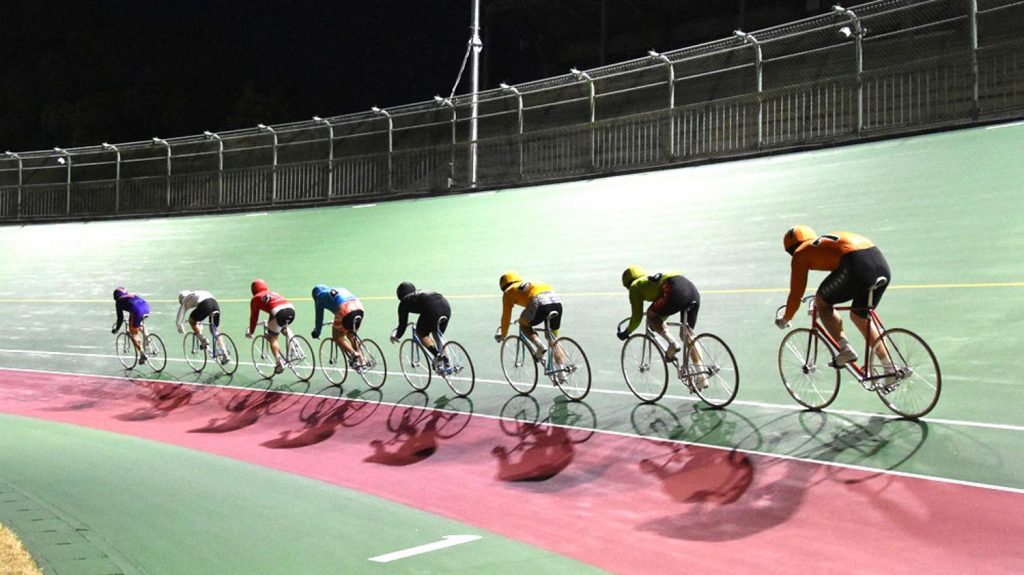Seven pools in 7 years: This is how Japan’s next surf boom will happen

This year WavePoolMag visited a few projects in Japan including Surf Stadium and citywave Tokyo. Our trip included a meeting with members of the JPF Company, which stands for Jump for Positive Future. The publicly-traded entity with 800 employees is famous for growing track cycling, that once-obscure sport of chasing opponents around an oval track on hipster fixed-gear bikes.
Launched in 1951, they built the business on the back of their successful photo-finish technology and now pride themselves on the planning, operation, research and design of sports facilities and amusement facilities.
So why wave pools all of a sudden? Well it turns out they want to do with surfing, what they did with track cycling – make it ubiquitous throughout the country. Here’s how they plan to do that using wave pools.

Where will we see the first wave pools?
We aren’t able to show the exact location quite yet, but we have two projects in progress right now. One is in the Kanto region, which encompasses Tokyo and the surrounding parts, and the other is in the country region, which is more west, and that is kind of the Osaka, Kyoto, Kobe area. So those are the two projects that are proceeding forward. And our target for opening is in 2024.
Are the locations secured? Do you have the land for that?
You could call it 80% secured.
So you are ready to break ground on these first pools, or is there anything holding you back right now?
So no current significant setbacks. More so that we’re just in the progress of negotiating the details for the two plots that I previously mentioned.
Are you on target to have seven pools in seven years?
So we don’t have any kind of big worries right now about meeting the seven pools in seven years target. The current plan is once we get the Kansai and Kanto region pools ready, that will create a tremendous track record which will allow for the rest of the five to come much easier.
At Surf Stadium in Shizunami, most of the surfers I met were from Tokyo. So Tokyo makes sense for a wave pool. What about the other parts of Japan?
The reason we see a lot of surfers in Tokyo is very basic. It’s just because it’s very close to the ocean. Out of all the regions, it’s the most populated city closest to surfing, and so that makes a lot of sense. Fukuoka, is in the Kyushu area, which is in western Japan. The other side of the Kyushu area is called Miyazaki which is very well known to have a strong surf culture. And so those surfing roots exist there already. And then in terms of Okinawa, you don’t see much surfing in Okinawa quite yet. That’s because there aren’t enough waves. But we’re also planning on building a wave pool there. And once we do, we’ll be very excited to attract surfers from all over Japan, especially in the winter when that area is warm compared to anywhere else in Japan. There are definitely a lot of other potential surfing communities in the rest of Japan. One that is really interesting is Hokkaido, which is way up north. And you’d be surprised, Hokkaido is known for its skiing and snowboarding. I went skiing with a few guides there in the dead of winter, after skiing in the morning they said, oh, we’re going to go surfing this afternoon. There is actually a fairly strong surfing community in Hokkaido as well. So there are many more surfers beyond Tokyo and throughout Japan.

As your wave pools come online, what is your operating model? The Wave Bristol is very low-key and modest with glamping tents while Praia da Grama is a residential surf utopia – two very different models. What will your surf parks look like?
So business model centers around the concept of creating a real community and a thriving center. This is going to be very important. And so we actually did visit Alaia Bay and The Wave in Bristol over the summer as a team. We were able to see the difference between the surf parks even though it’s the same wave technology. The vibes were very different, right? Having a thriving restaurant is going to be important. And then on top of that, you can create condominiums, some sort of shopping experience, a place to relax. We have done many exercises internally, thinking about the user experience. That’s not just the surfer, but it’s also the partner, the children, girlfriends, family. We have to think about all of that.
What makes your company qualified to embark on this venture?
JPF is a company that focuses on cycle sports, whether it’s track racing or mountain bike or BMX, etc. But it’s less about that, and more about promoting economic regional health through local sports. And so this is actually a theme because people in our company have really good relationships with the local governments and the local communities. And a big part of what they do is not just sports business, but it’s really about making the regional populations healthier and making those economic areas more vibrant through the power of sports. And so municipalities realized that surfing can have a similar impact to cycling.
Why is your company embracing surfing and not, say, tennis?
Nature. Our partners wanted more of the Japanese population to form a connection with nature through surfing. And that’s an important element of the reason why JPF is pursuing this business. There is that connection. You teach someone to surf. They love surfing. They extend that to the ocean. And there’s more respect all around.
Related Coverage
